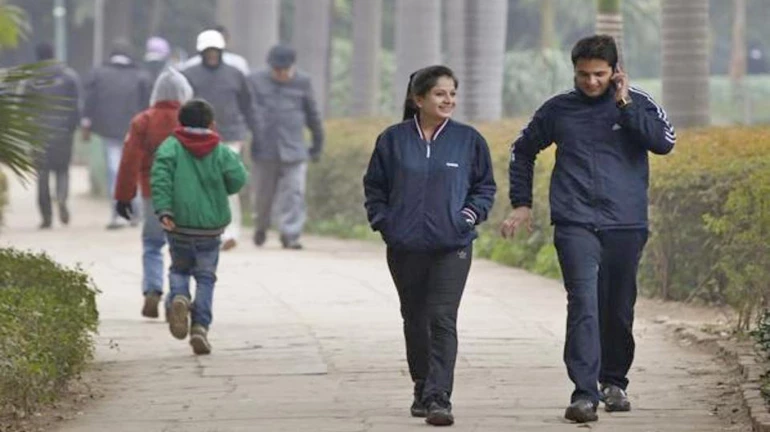
Over the last few days, residents of Mumbai's Bandra Kurla Complex (BKC) and many other suburban areas have been facing issues related to breathing. Reports state that the quality of air in the city has been deteriorating, and this is causing trouble to the residents.
System of Air Quality Weather Forecasting and Research (SAFAR), on December 24, stated that the Air Quality Index on Tuesday was 217 (poor). SAFAR and Central Pollution Control Board (CPCB) categorises Air Quality Index as follows:
Also Read: Mumbai Not That Far Behind Delhi In Air Quality Index
Further, officials predicted that Mumbai's AQI on Wednesday, December 25 will be 226. Earlier this week, the city had recorded poor AQI of 212 on Sunday and 206 on Monday. Of the 10 locations where SAFAR monitors AQI, Bandra-Kurla Complex continued to be the most polluted with an AQI of 302 (very poor). While Bhandup had the cleanest air in the city with an AQI of 77 (satisfactory), all other areas recorded ‘poor’ air quality ranging between 210 and 291 on Tuesday.
Recently, a study conducted by the Centre for Science and Environment (CSE) has revealed dangerous concentrations of PM10 in Mumbai’s air. The study was conducted among 24 peninsular cities of the country with Mumbai, unfortunately, ranking first.
As per the report, the air in Mumbai had PM10 concentrations of 166 microgrammes per cubic metre (denoted by µg/m3). This is considered highly toxic and up to three times the safe standard of 60 µg/m3.
Also Read: Mumbai Records The Quietest And Cleanest Diwali
As per Mumbai’s climatic zone classification (warm and humid), the recommended concentration is 83 µg/m3.A separate study has found that between 2007 and 2018, Mumbai’s PM10 levels have grown by 80%. It’s worth pointing out that the PM10 in the city in 2018 was also its highest in 20 years. While it was long believed that the sea breeze will eventually take away the pollutants, this clearly isn’t the case going by the statistics from the past few years. What’s more concerning is the fact that the authorities do not appear to have a robust plan in place to combat this growing menace.
Also Read: Mumbai’s Air Most Dangerous Among Top Peninsular Cities Of India





